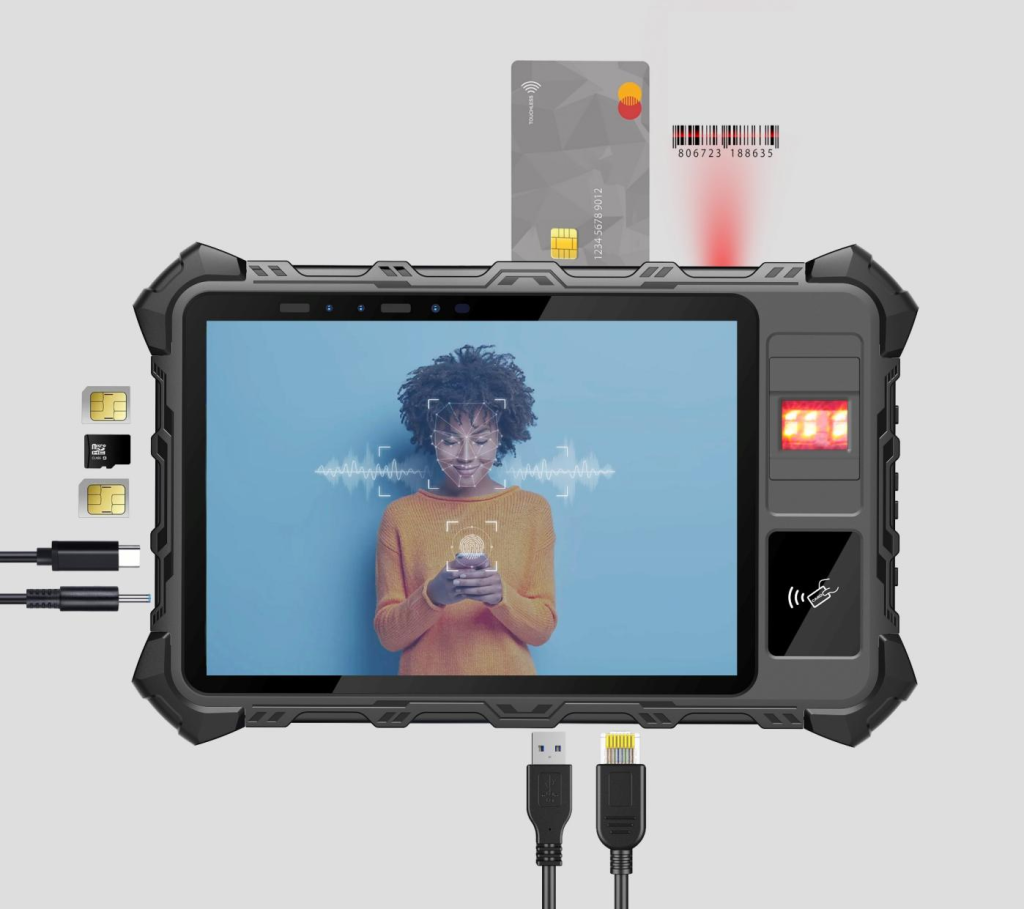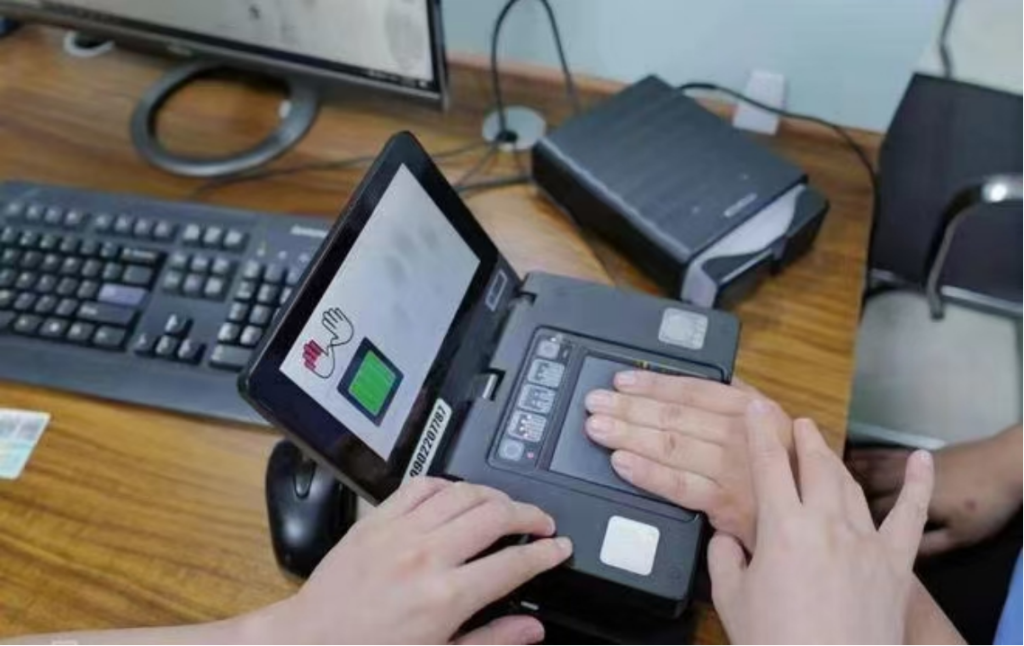Understanding Fingerprint Biometrics
Fingerprints are completely unique to every person—no two people have the same ones. This makes fingerprint biometrics an excellent tool for both authentication (confirming someone’s identity) and identification (determining who someone is).
Biometrics refers to physical traits, like fingerprints, that are specific to an individual and can be used to confirm their identity. Fingerprints are one of the most common types of biometrics, but others like facial recognition, iris scanning, and DNA are also widely used for similar purposes.
Fingerprint biometrics stand out because they’re reliable, easy to use, difficult to forge, and cost-effective. This makes them a popular choice for security and identity verification in various industries.
How Fingerprint Biometrics Work
Biometric technology relies on characteristics that are unique to each person. Fingerprints are particularly useful because they are made up of patterns like ridges, valleys, arches, loops, and whorls, all of which are specific to each individual.
There are three main ways to prove your identity:
- Something you know (like a password).
- Something you have (like a token or keycard).
- Something you are (like your fingerprint or face).
Fingerprint biometrics fall into the third category—“something you are”—because your fingerprints are always with you and belong only to you. This technology has been used for decades, and thanks to recent advancements, it’s more efficient and widespread than ever.
Biometric Authentication & Security
Biometrics, including fingerprints, use statistical methods to measure and analyze physical traits for security purposes. Fingerprint biometrics offer a smooth, easy-to-use form of security that’s hard to lose or forget, unlike passwords or physical tokens.
Fingerprint scanners are used for both physical access (like unlocking doors) and digital access (like unlocking phones or computers). Since fingerprints are unique to each person, they provide a high level of security and simplify the authentication process.
However, there are some potential downsides. If someone gets access to your fingerprint data, it’s not something you can change—unlike a password. There have also been cases where “master fingerprints” fooled smart devices or software bugs compromised security systems.
Types of Fingerprint Scanners
There are different methods used to capture fingerprint images, such as:
- Optical Scanners: These create a digital image of your fingerprint by using light to reflect the ridges and valleys.
- Capacitive Scanners: These use a small electrical charge to measure the difference between ridges and valleys.
- Ultrasound Scanners: They use sound waves to capture a 3D image of the fingerprint.
- Thermal Scanners: These detect the temperature differences between the ridges and valleys.
Once the fingerprint is scanned, it’s analyzed and stored as a mathematical algorithm (not as an actual image), making it nearly impossible to reverse-engineer or duplicate.
Benefits of Fingerprint Biometrics
Fingerprint biometrics come with a lot of perks:
- You can’t lose or misplace your fingerprints.
- They’re very hard to fake compared to passwords or tokens.
- Fingerprints are non-transferable and unique to each individual.
- This method is convenient, cost-effective, and easy to deploy.
- It also adds an extra layer of security and accountability.
To enhance security, fingerprints can also be used as part of multi-factor authentication (MFA), which combines fingerprints with something else, like a password.
Where Fingerprint Biometrics Are Used
Fingerprint biometrics are widely used across various industries for authentication and identity verification:
- Law enforcement: Police use fingerprint databases like IAFIS (Integrated Automated Fingerprint Identification System) to identify suspects.
- Military: The U.S. military uses fingerprints to identify non-citizens on the battlefield and maintain national security through the Defense Forensics and Biometric Agency (DFBA).
- Border control & travel: The Department of Homeland Security (DHS) uses fingerprints for immigration, border control, and even in e-passports.
- Healthcare: Hospitals and clinics use fingerprint scanners to match patients with their medical records.
- Access control: Companies use fingerprints for secure physical access to buildings and digital access to computers.
- Commercial applications: Fingerprints are used for customer verification in banking and retail, adding extra security to transactions.
As fingerprint scanners become more affordable, they’re being adopted by a broader range of businesses.
Key Takeaways
Fingerprint biometrics are a trusted, secure, and user-friendly method of authentication. Since no two people have the same fingerprints, they offer a high level of protection and are used across various sectors—from smartphones to national security.
The technology behind fingerprint biometrics is evolving, and when combined with other security measures like passwords or tokens, it becomes even more secure. As biometrics continue to grow, more industries are exploring other forms of biometric identification, such as facial recognition and behavioral biometrics (like typing patterns or device handling).
In short, fingerprint biometrics are here to stay, offering a reliable and convenient way to secure our digital and physical lives.
Learn More About X-Telcom Biometric Solution:

References
“No Two Fingerprints are Alike.” (2022). Rutgers.
Biometric Security Systems: A Guide to the Devices, Fingerprint Scanners and Facial Recognition Access Control. (August 2020). IFSEC Global.
Privacy Impact Assessment Integrated Automated Fingerprint Identification System National Security Enhancements. Federal Bureau of Investigation (FBI).
DFBA Overview. (2021). Defense Forensics & Biometrics Agency.
DHS/OBIM/PIA- 001 Automated Biometric Identification System. (November 2019). Department of Homeland Security (DHS).
E-Passports. Department of Homeland Security.



